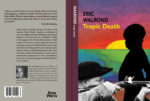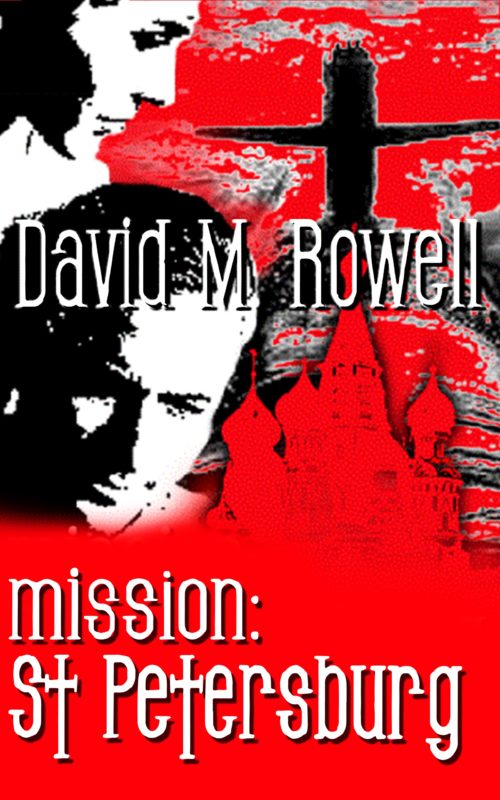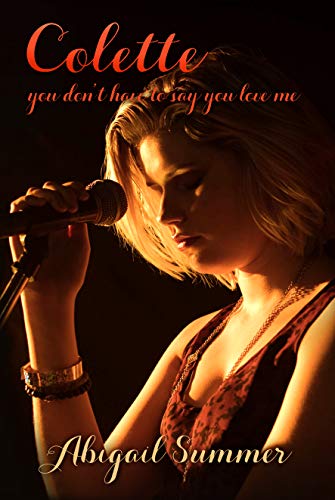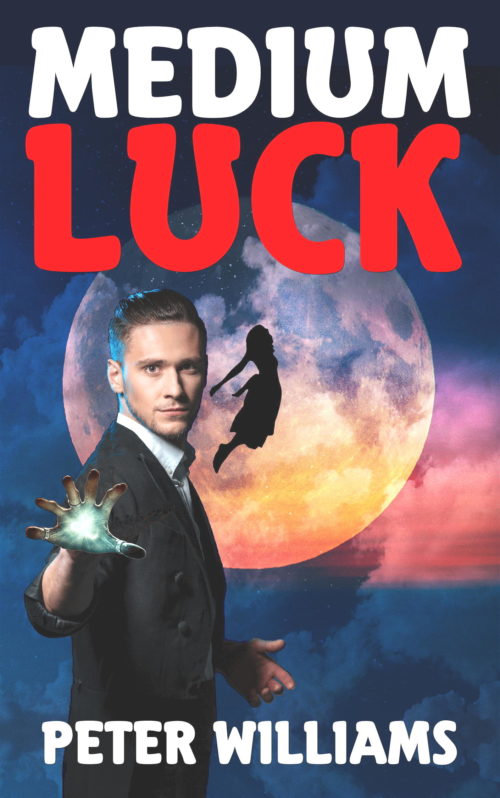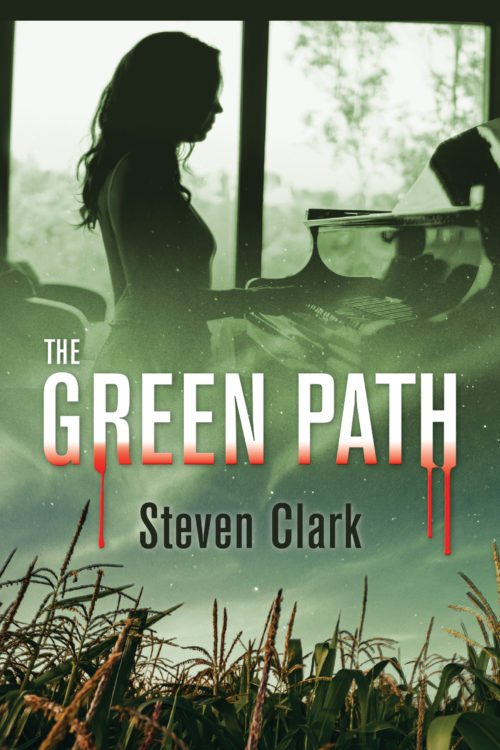
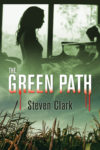
The author says:
In the early 1980s, four people in central Missouri are haunted by the past.
Ngo, a writer of children’s books, is crippled from a wound received in Vietnam. His writing makes him come to terms with the loss of his country, as does letters he writes to Nguyen, an old friend who betrayed him.
Ngo’s best friend is Judith Vogel, a teacher who can’t forget the oppression she saw in Guatemala. This leads her to befriend Concepcion, a girl from that country who is in Missouri to study music. Concepcion rebuffs Judith’s efforts and throws herself into her music…which helps fight off nightmares she has about Guatemala. Judith loses herself visiting an abandoned cemetery, many of whose graves are those of German settlers massacred by Confederate guerrillas in the last months of the Civil War.
Jonathan Amesbury runs a small-town newspaper while he decides whether to return to London or save his family’s ancestral mansion. He wants to find out Concepcion’s secret, and joins forces with a reluctant Judith. Will this be the big story he sought, or will their haunted pasts overwhelm him?
(genre: literary fiction with a mystery, but not a mystery category)
Nathan says:
It’s really hard to tell if the cover captures the feel of the book, because the description doesn’t even capture the feel, or *a* feel; it’s all over the place, with no real theme or storyline to latch onto. Welcome to lit-fic!
I think the biggest mistake here is the bloody lettering. That kind of thing promises a story of menace and violence, which definitely isn’t what the description promises.
The second design problem is the way that the window frame in the upper image interacts with the cover’s border — it almost-but-not-quite-but-almost runs parallel, just enough to set my teeth on edge. It’s like a flat note. At the very least, zoom the image in and shift it slightly so the window frame disappears on the right, so the figure doesn’t seem captured by conflicting double-frames.
Beyond that… I dunno. The cover seems to say it’s a violent story about a piano player and corn. Even if that were true (which doesn’t seem to be the case), I have no idea how you’d market that.
Other comments?

